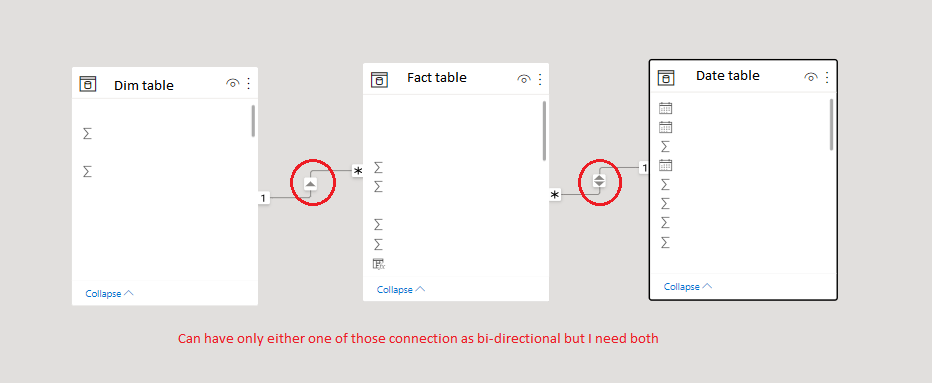| Editorial Team

Power BI is a leading tool in dynamic business intelligence, empowering users to transform data into actionable insights. One of the pivotal features within Power BI is the Cross Filter Direction, a nuanced element that significantly influences how data relationships are managed. In this guide, we will explore the depths of cross-filter direction, shedding light on its importance, applications, and impact on report interactivity.
Understanding Cross Filter in Power BI
At its core, Cross Filter in Power BI is the mechanism
through which data is filtered across tables based on
the relationships established between them. These
relationships are the backbone of data analysis,
allowing users to draw meaningful connections between
different datasets.
What is Cross Filter Direction?
Cross Filter Direction serves as the compass for these
relationships, dictating the flow of filters between
tables. Let’s break down the three primary directions:
-
Single Direction:
- Filters flow unilaterally from the primary table to the related table.
- Ideal for scenarios where filtering in one direction is sufficient.
-
Both Directions:
- Filters flow bidirectionally, enabling a more interactive and versatile relationship.
- It is useful when data in both tables influence each other, and a holistic view is required.
-
No Direction:
- Filters do not flow between tables.
- Applied in situations where a relationship does not require filtering in either direction.
Importance of Cross Filter Direction in Power BI
Cross-filter direction is pivotal for maximizing the potential of relationships in Power BI. It impacts the behavior of visuals, affecting the accuracy and relevance of the insights derived. By strategically configuring Cross Filter Direction, users can fine-tune the level of interactivity within their reports, ensuring a seamless and intuitive user experience.
Applying Cross Filter Direction: Single vs. Both
A common consideration when working with cross-filter direction is deciding between single and both directions. Understanding the use cases for each is crucial:
-
Single Direction:
- Optimal for scenarios where data relationships are straightforward.
- Reduces complexity by limiting the flow of filters to a single direction.
-
Both Directions:
- Enhances interactivity by allowing dynamic filtering in both tables.
- Suitable for complex relationships where bidirectional influence is necessary.
Cross Filter and Security Filters
In addition to managing relationships, Cross Filter Direction plays a role in applying security filters. Configuring filters in both directions ensures that security measures are consistently applied across related tables, bolstering data governance and integrity.
Managing Relationships in Power BI
Successful relationship management in Power BI involves a nuanced understanding of cross-filter direction. Users can establish relationships that align with their analytical goals by carefully evaluating the nature of data interactions. Whether building a single-directional relationship for simplicity or opting for bidirectional influence, Power BI provides the flexibility to tailor relationships to specific requirements.
Conclusion
Cross Filter Direction in Power BI is crucial for data analysis and visualization. By grasping the nuances of Single, Both, and None directions, users can optimize relationships, enhance interactivity, and derive more meaningful insights from their data. As you embark on your Power BI journey, leverage the power of Cross Filter Direction to unlock the full potential of your data.

